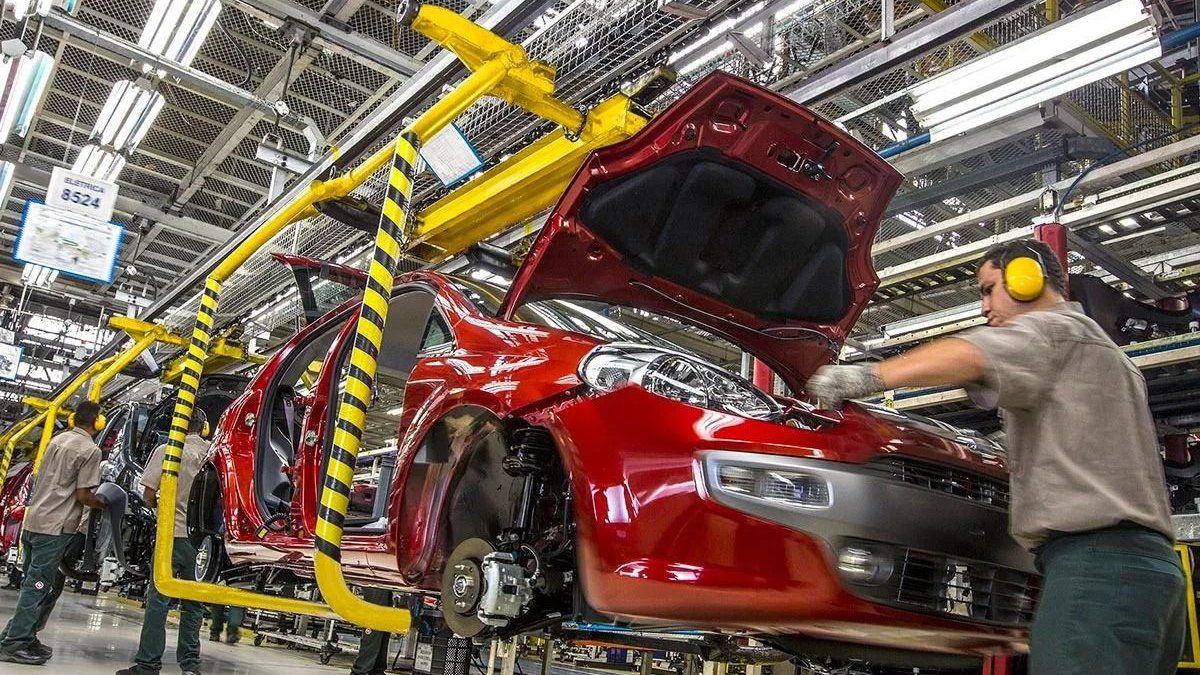They indicated that they registered year-on-year increases during the year, although lower than in 2021, in which there was strong growth after the impact of the pandemic in 2020.
Among the sectors that most boosted growth during the year are the Automotive, which reached the highest levels since 2014; followed by Basic Metalsthe industry Metalworking and Oil Refining.
Also, some sectors such as Paper and Cardboard and Non-metallic Minerals they performed well during the first half of the year, but began to slow down towards the second half.
Other sectors showed smaller increases during the year, associated with a greater base of comparison, as was the case of Chemical Substances and Products and Food and Beverages.
Lower dynamism since December
They also pointed out that in December there was a drop of 1.1% year-on-yearthe first in 10 months, in addition to a contraction of 3.2% compared to November.
In this sense, the UIA warned that this setback is the product of the fact that “the less dynamism of the activity (construction, drought in agriculture, among others), the rise in the cost of financing and difficulties derived from the restrictions on access to imported inputs”.
The entity reported that, last year, “at the international level, Russia’s invasion of Ukraine implied lower global growth, a general increase in costs and world inflation and an acceleration of contractive monetary policies with higher interest rates international”.
Regarding the local scenario, he indicated that “the exchange rate and financial tensions of previous years were maintained and intensified”, and that, although the agreement with the IMF made it possible to refinance external maturities with the organization and provide some predictability, at the same time , implied goals regarding the accumulation of international reserves that, in a context of lower trade balance due to the rise in global prices and a high exchange rate gap, led to increasing difficulties in accessing foreign currency for production.
In this sense, the Industrial Union specified that the Import System of the Argentine Republic (SIRA) “showed difficulties in its operation for companies” in the sector, so that: more than 80% of the firms indicated that the approval periods of the applications with the new system were longer than with the previous system. That, they assure “it made the supply of key inputs for industrial activity more expensive and limited”.
The UIA stressed that “consumption during the first half of the year showed a slight recovery, largely as a result of increases in wages and income reinforcements for retirees, monotributistas and holders of social plans, which allowed maintaining the power of purchase despite accelerating inflation.
How is 2023 projected?
On the other hand, as regards 2023, the UIA observes that “it started with a good level of activity from the previous year, but with a low statistical carryover and a visible slowdown in production.”
“Given the election year and the macroeconomic challenges ahead, the focus of the situation will continue to be on the exchange rate gap, international reserves and import controls, which will condition the dynamics of activity,” the report concludes.
Source: Ambito




